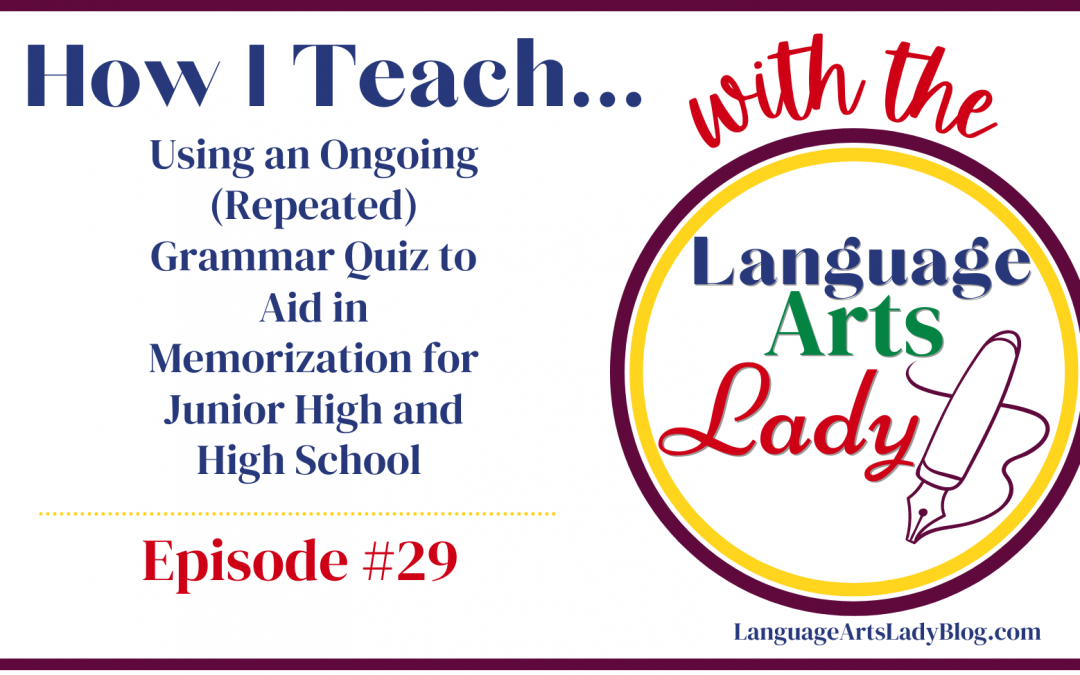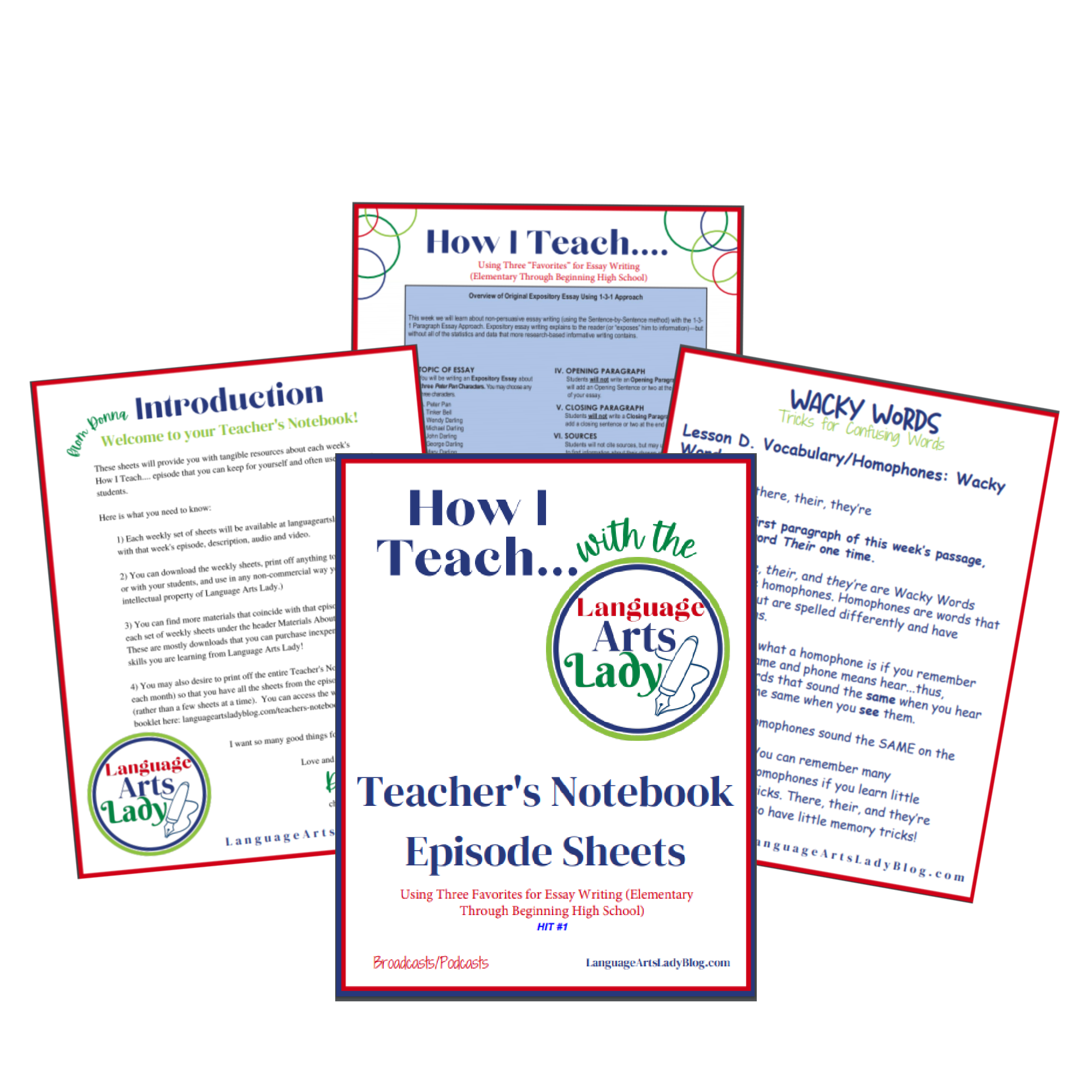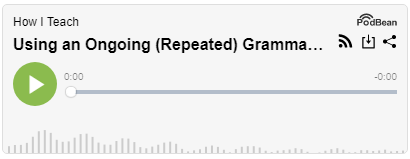Welcome to HIT—How I Teach….In this, I geek out a little bit on grammar, namely my weekly grammar quiz parts of speech for upper level students. In this weekly grammar quiz, I cover the parts of speech that my students need to memorize in order to write well:
- Prepositions
- Needed for subject-verb agreement, sentence openers, punctuating prepositions internally (i.e. as appositives or at end of sentences—no comma needed then!)
- Subordinators
- Needed to find subordinate clauses and then determine subject-verb agreement, to write subordinate clause openers (and punctuate them properly!), and much more!
- Be, a Helper, Link Verbs
- A song teaching all thirty-six of the BHL verbs (as I like to call them)—needed in order to match first verb with subject in tense and number, needed to create various tenses (especially past participle—has gone), needed in order to change to action verbs (especially in story writing), and more!
- Noun Markers/Articles
- Needed to show definite (the) and indefinite (an/a), to determine whether to use a or an.
- Coordinating Conjunctions—For, and, nor, but, or, yet, so…needed to join words, phrases, and sentences, needed to create compound sentences (and punctuate them properly), needed to give different sentence rhythm and show meaning (but, for, so).
- Interjection Rhyme—words used to interject expression in the front of a sentence or as a stand alone sentence
- Conjunctive adverbs—used to show expansion, comparison, examples, etc. (moreover, therefore, etc.)—need to learn in order to punctuate them properly.
The problem that we often have with teaching parts of speech and usage is that we teach those things within a lesson or unit on that topic (i.e. we teach coordinating conjunctions because we are teaching compound sentences), but because the lessons were here today and gone tomorrow, the students don’t really memorize those parts of speech—and apply them to their writing (i.e. create compound sentences “legally” in their own writing).
(A huge way we can solve this problem is to use my Checklist Challenge in which students have an editing checklist of changes that they must make to their papers, including adding openers, creating compound sentences, using conciseness techniques, etc. I taught about this approach in HIT #9; two of my stand-alone Checklist Challenge products are here and here.
An ongoing, repeating grammar quiz is invaluable for keeping the lists of grammar items in the forefront of students’ minds. Thus, when I tell one of my kids that this paragraph needs a compound sentence, they automatically know that they will do this with a comma-coordinating conjunction—and they know their coordinating conjunctions from their weekly quiz!
I can’t say enough about the benefits of ongoing quizzes, such as my Beginning Think Fast Grammar Quiz (HIT #19) or the Advanced Think Fast Grammar Quiz in this lesson.
But what is important to me in order to link grammar to writing might not be important to you—maybe something else is more important. No worries. In this episode, I teach how to create and use your own weekly grammar quiz, how to teach from the Answer Key, how to introduce the terms to your students, and much more!
Oh…one more thing! Your Teacher’s Notebook pages for this episode have the advanced quiz included for you to print and use with your kids or for you to print and use to inspire your own weekly grammar quiz!
And for your convenience, How I Teach…. is available as a podcast (follow along in your TN sheets for that week) and a YouTube video (with Power Point containing the same as the TN)!
Find everything you need here!
Weekly broadcast episodes with Teacher’s Notebook downloads (and links to listen or watch!) at the Language Arts Lady blog
Master (continually updated) Teacher’s Notebook downloadable booklet
Free writing books and videos of me teaching your students for you for a couple of weeks!
All of my digital books




